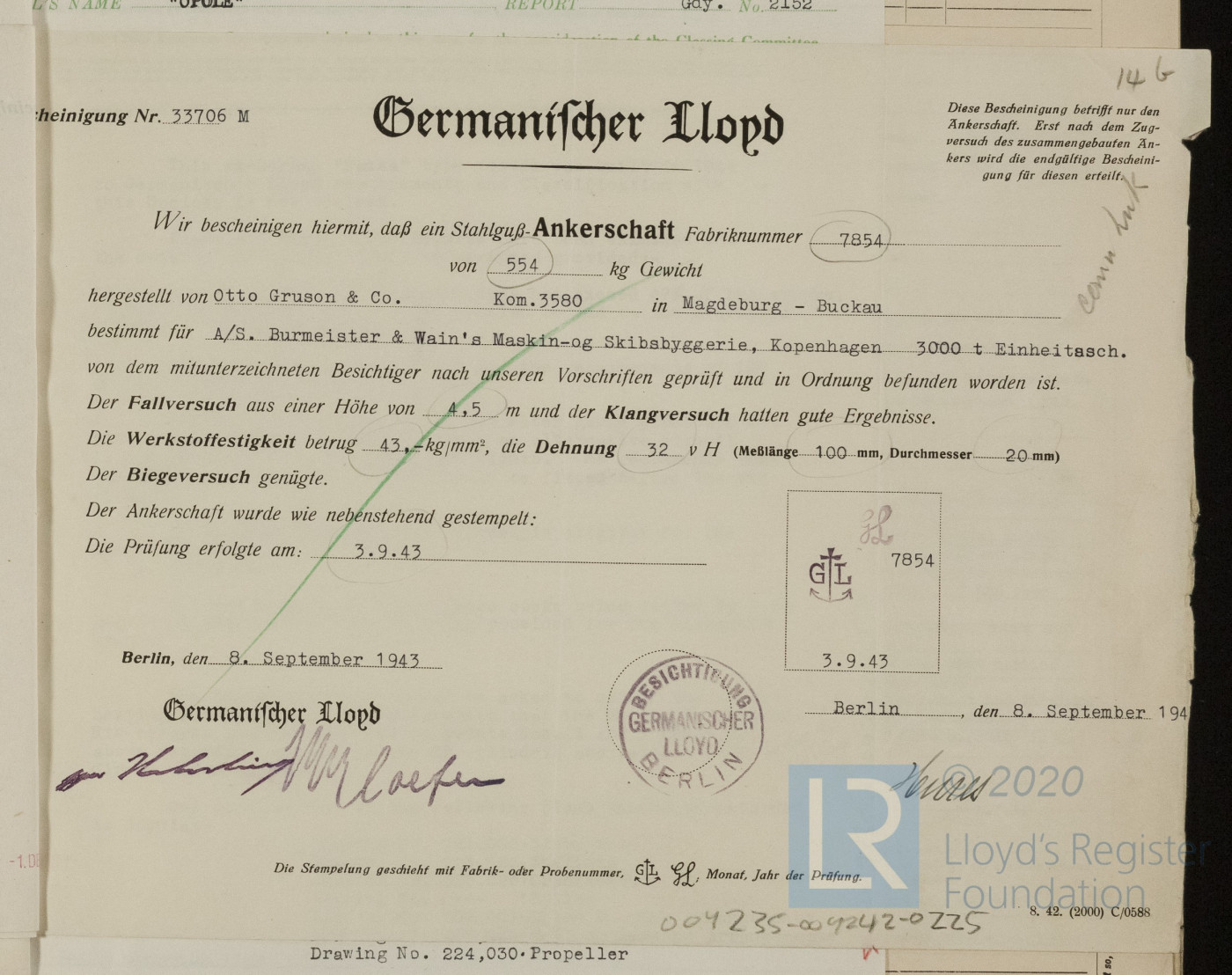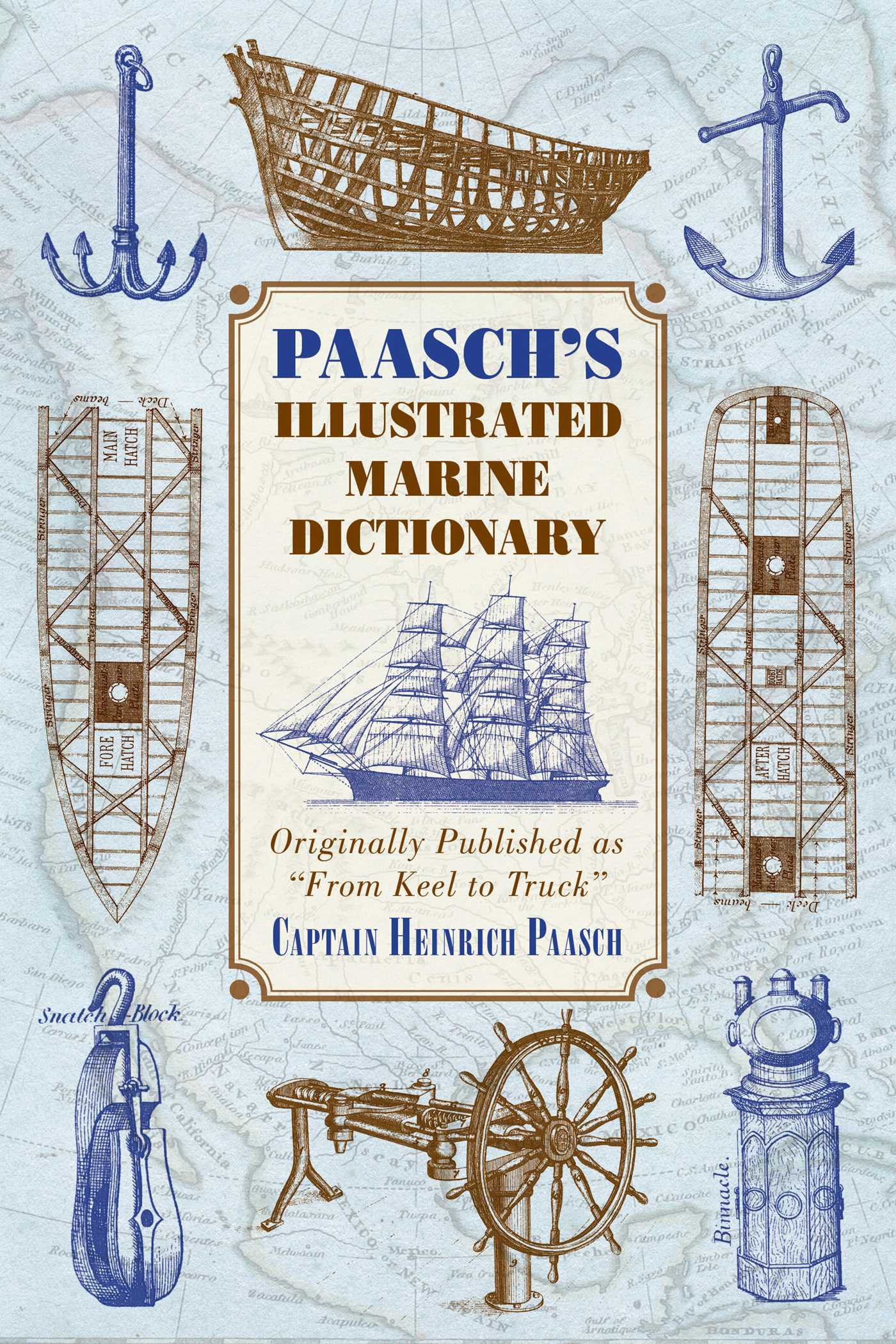Friday, March 19 2021
Starting at Lloyd’s Register as the Collections Assistant in the middle of a pandemic has been a strange experience as I’m unable to catalogue physical documents, which is a major part of my role. What I have been able to do from home is enhance and improve digital records that already exist. And what sorts of improvements am I carrying out you may ask? Well it has involved drawing upon skills that I haven’t used in a little while- my foreign languages!
When the staff at HEC discovered that I’d completed a BA in German and Russian prior to my Museum Studies MA, they set me to work unlocking the secrets of LR’s foreign language documents- a task which, while incredibly daunting, has resulted in some fascinating finds and has made me feel a bit like an archival detective. So, in the spirit of sharing stories from the archive, I’ve been writing a short series of blogs on my experience cataloguing and translating LR’s German and Russian archival material. I hope you enjoy this first installment on the most challenging document I’ve catalogued (so far)!
LRF-PUN-009235-009242-0223-C was the first document I came across that made me wish I’d paid more attention in my final year German translation classes. LRF-PUN-009235-009242-0223-C is the reference code for an anchor test certificate from 1943 carried out by Germanischer Lloyd for a ship named Omsk. Omsk was built in Copenhagen by shipbuilders Burmeister & Wain, which launched in 1944 after extensive testing (as this certificate indicates).

This document was very time consuming to translate properly. At first, I tried translating it using the classic combination of a German dictionary and online translation tools (not Google translate, I promise). But it was so laden with technical vocabulary, like “resonance test” and various anchor parts, that it got to the point where I didn’t actually understand the English words that were coming out the other end! There was only one thing for it. It was time to consult H. Paasch’s From Keel to Truck: A Marine Dictionary in English, French and German, a book that’s more interesting than you might first think! Luckily there’s a whole section just on anchors so I was able to find out what the proper English term for “Ankerschaft” is and which part of an anchor that actually is (riveting stuff, I know)!

Once I’d tapped into this document’s secrets, I discovered that it included thrilling tales of drop tests, resonance tests, stretching and bending, and by the time I’d finished the translation it felt like my brain had undergone some stretching and bending of its own. I think the last time I’d seen terms like “material strength” and “resonance” was during my AS Physics exams 9 years ago! Despite its difficulty, it was very satisfying to unlock the document’s secrets and learn about the more technical side of what goes on during the production and testing of ship accessories. Cataloguing and translating this particular certificate also helped me to pick up some really useful technical and bureaucratic lingo that tends to pop up and repeat itself in other test certificates, so all’s well that ends well!


